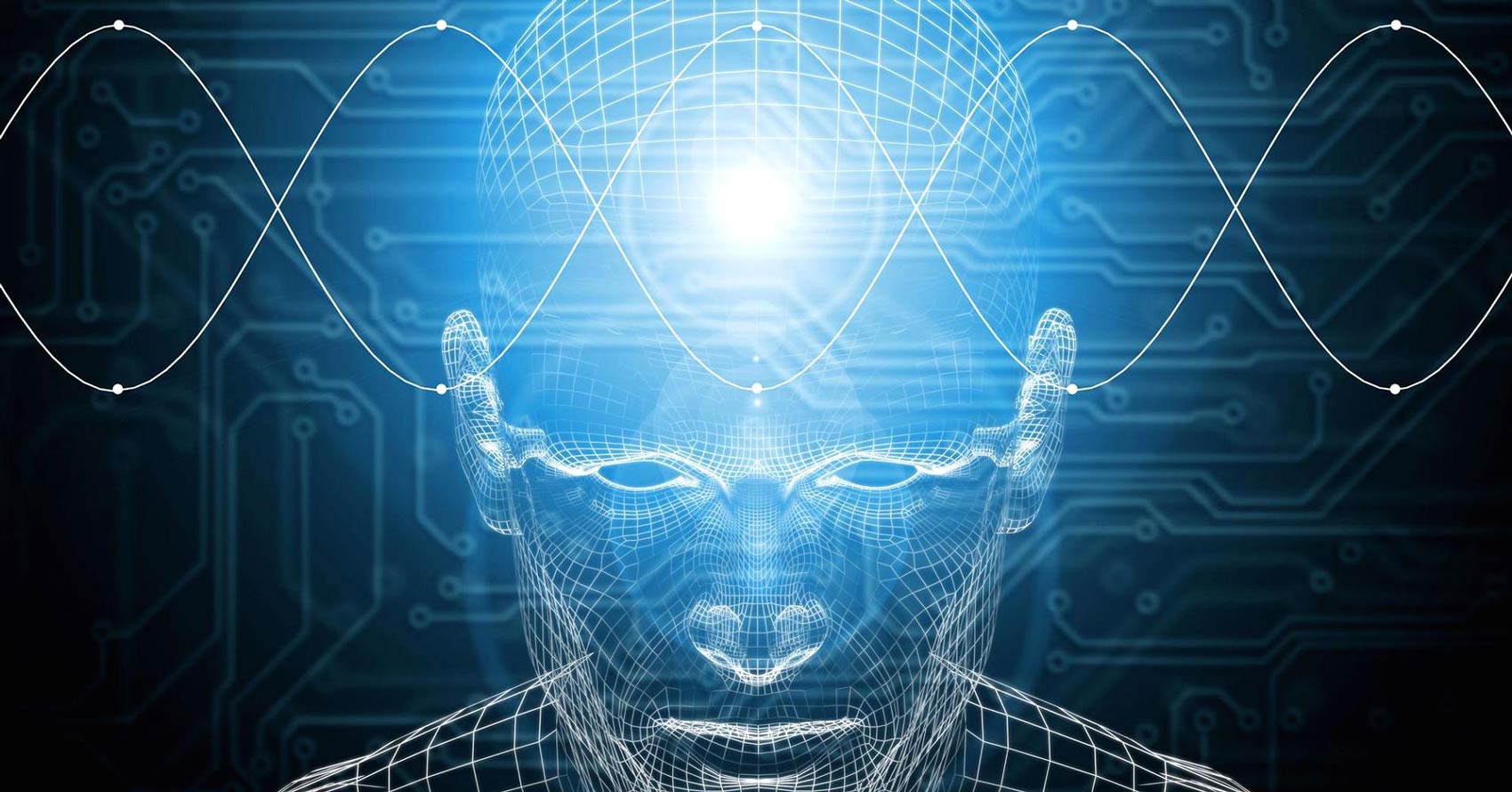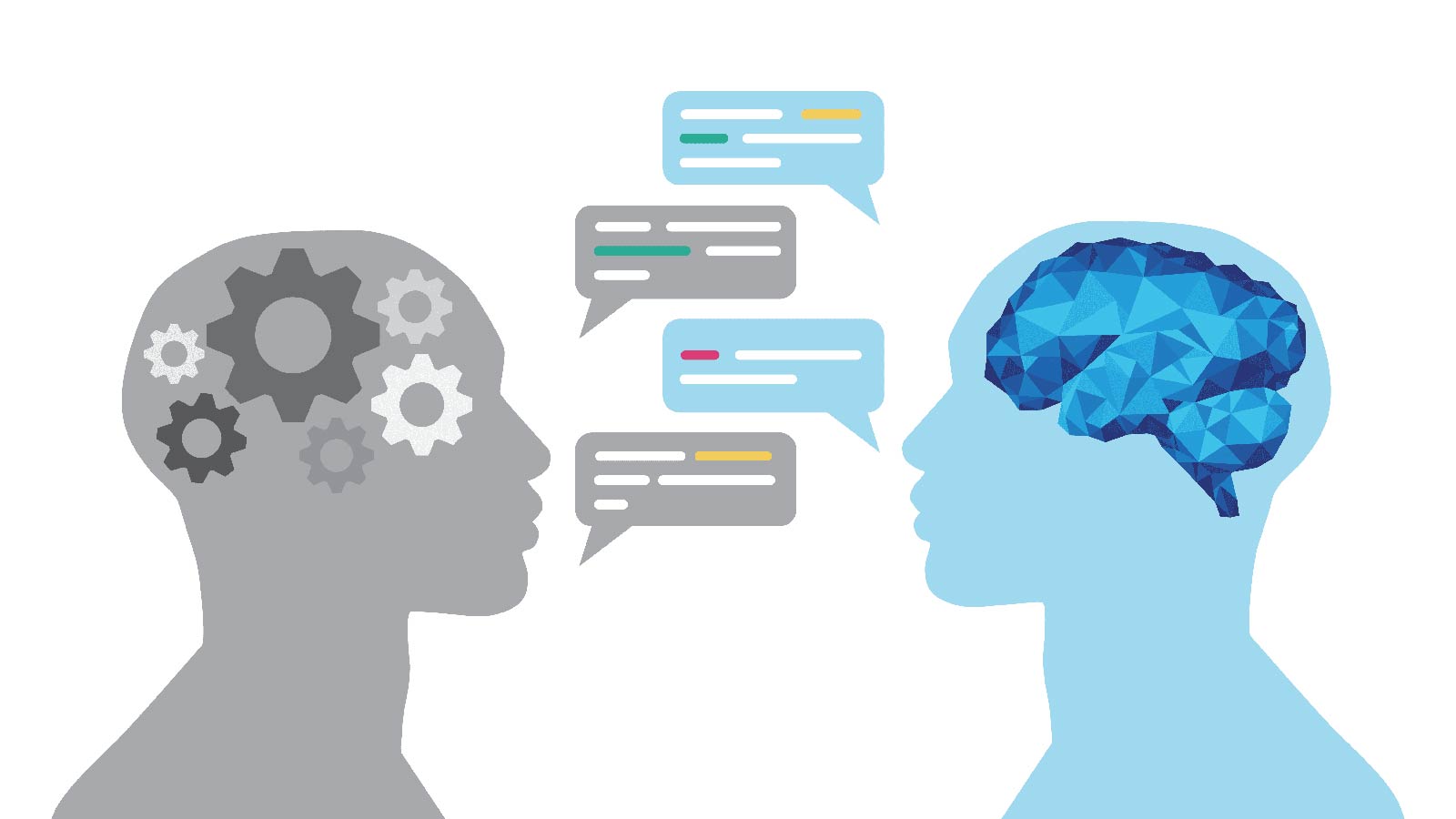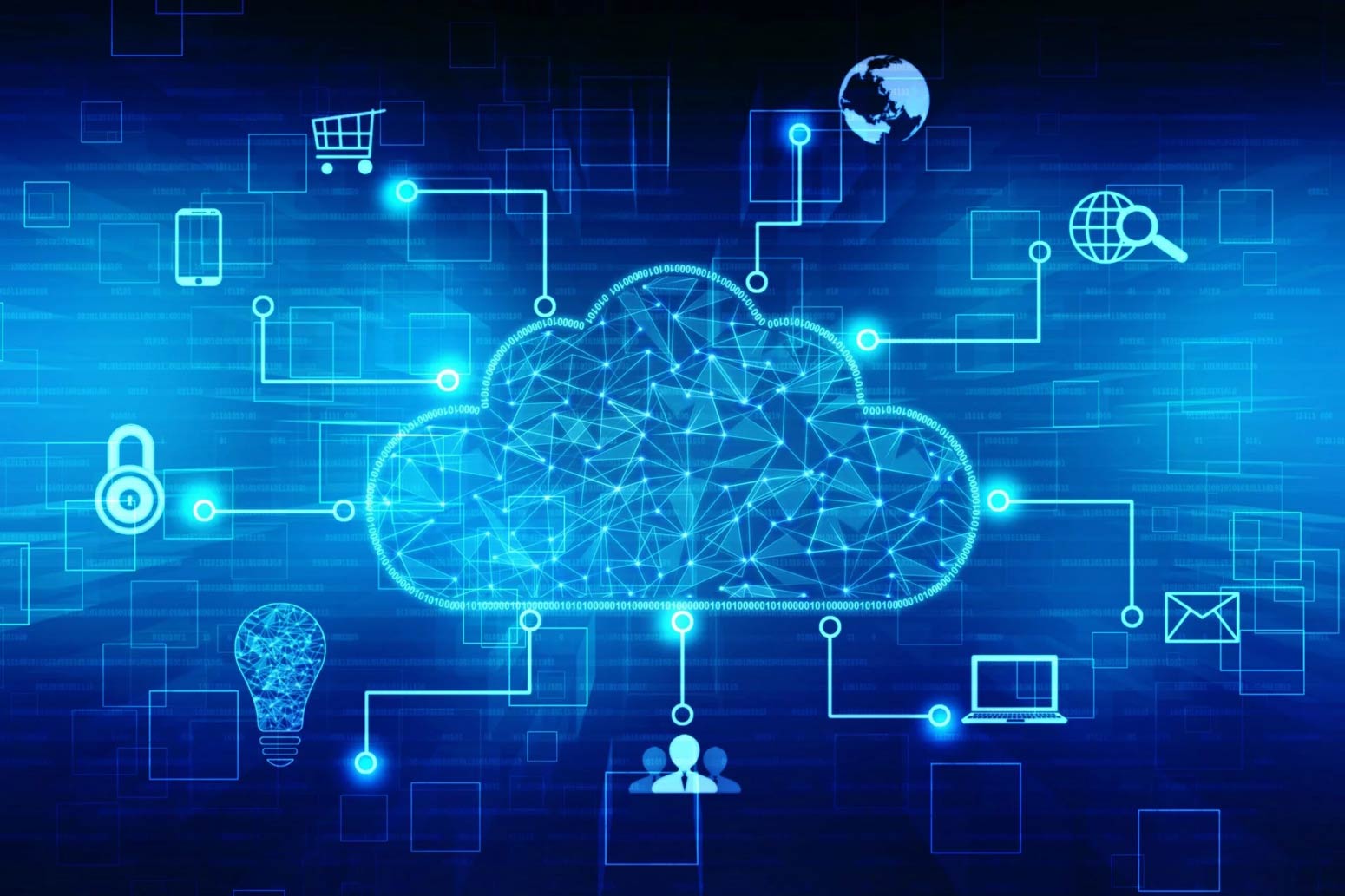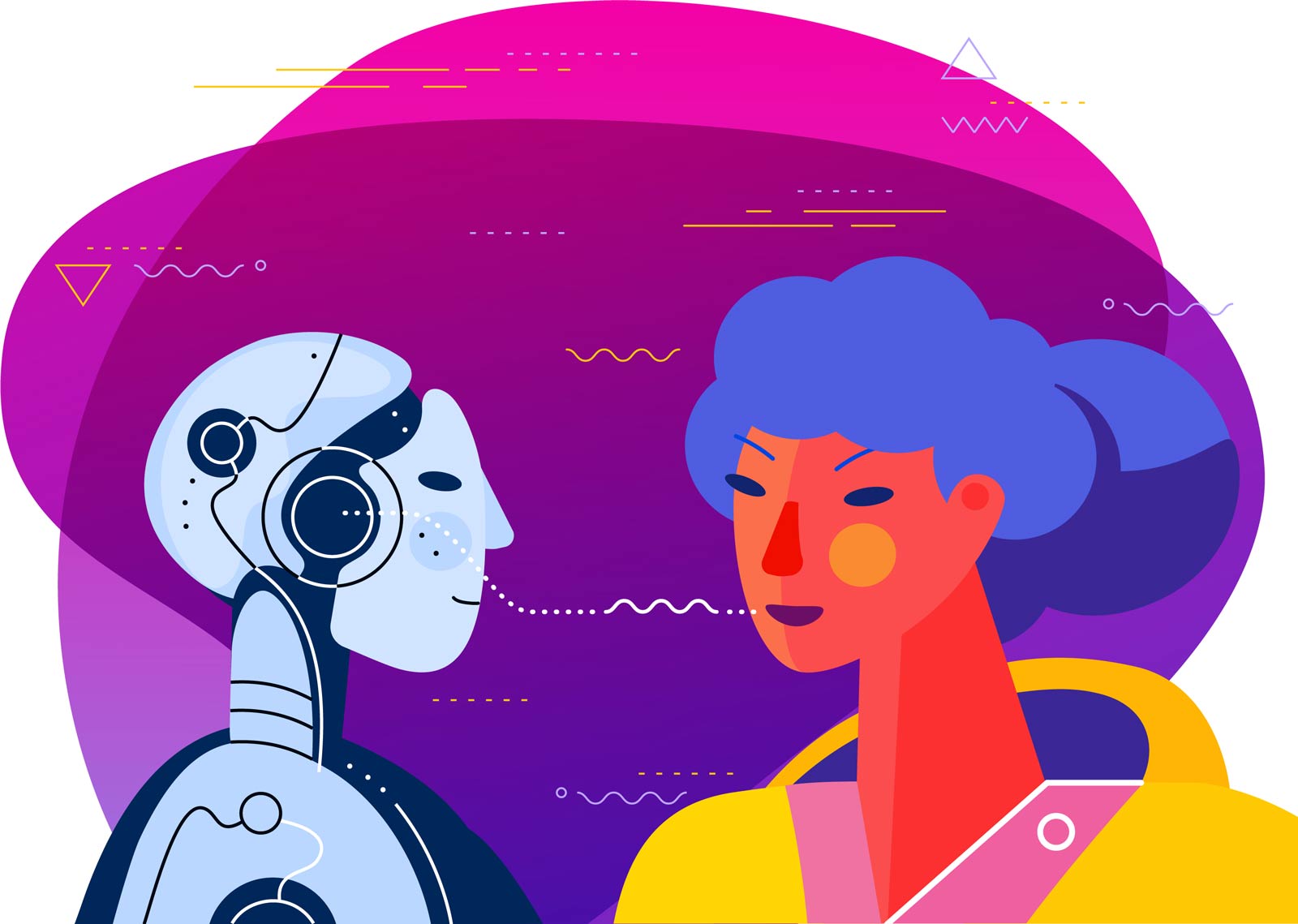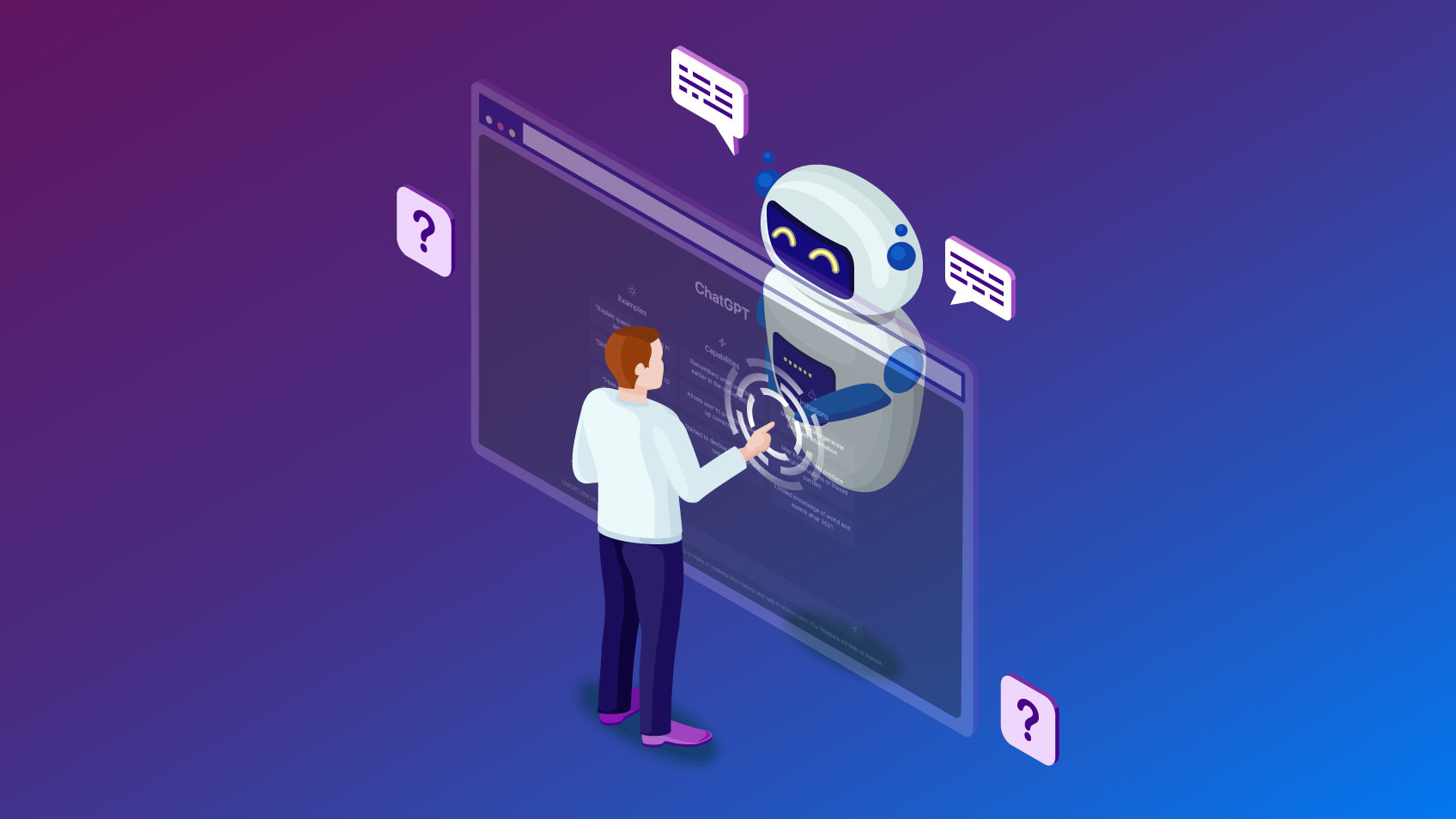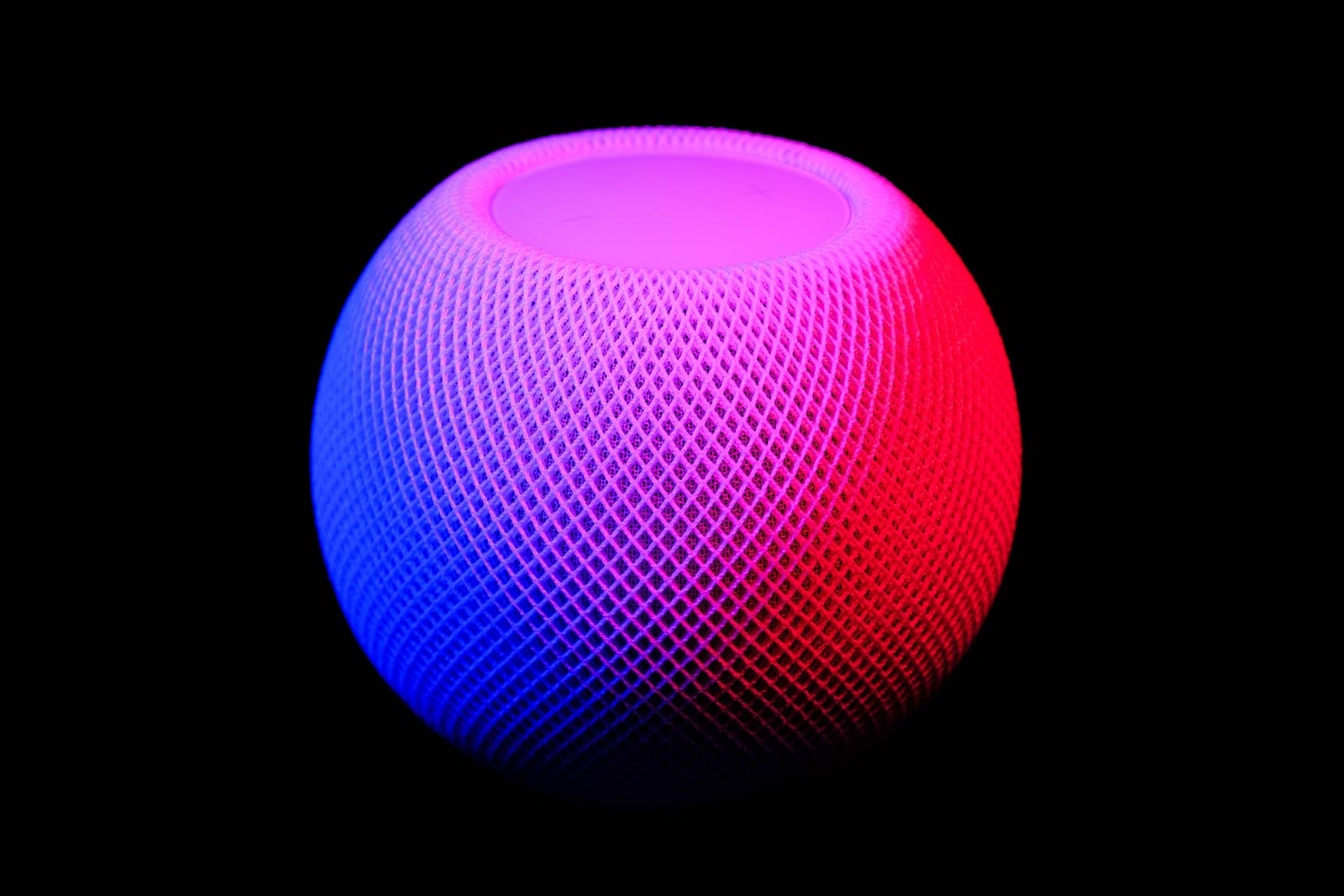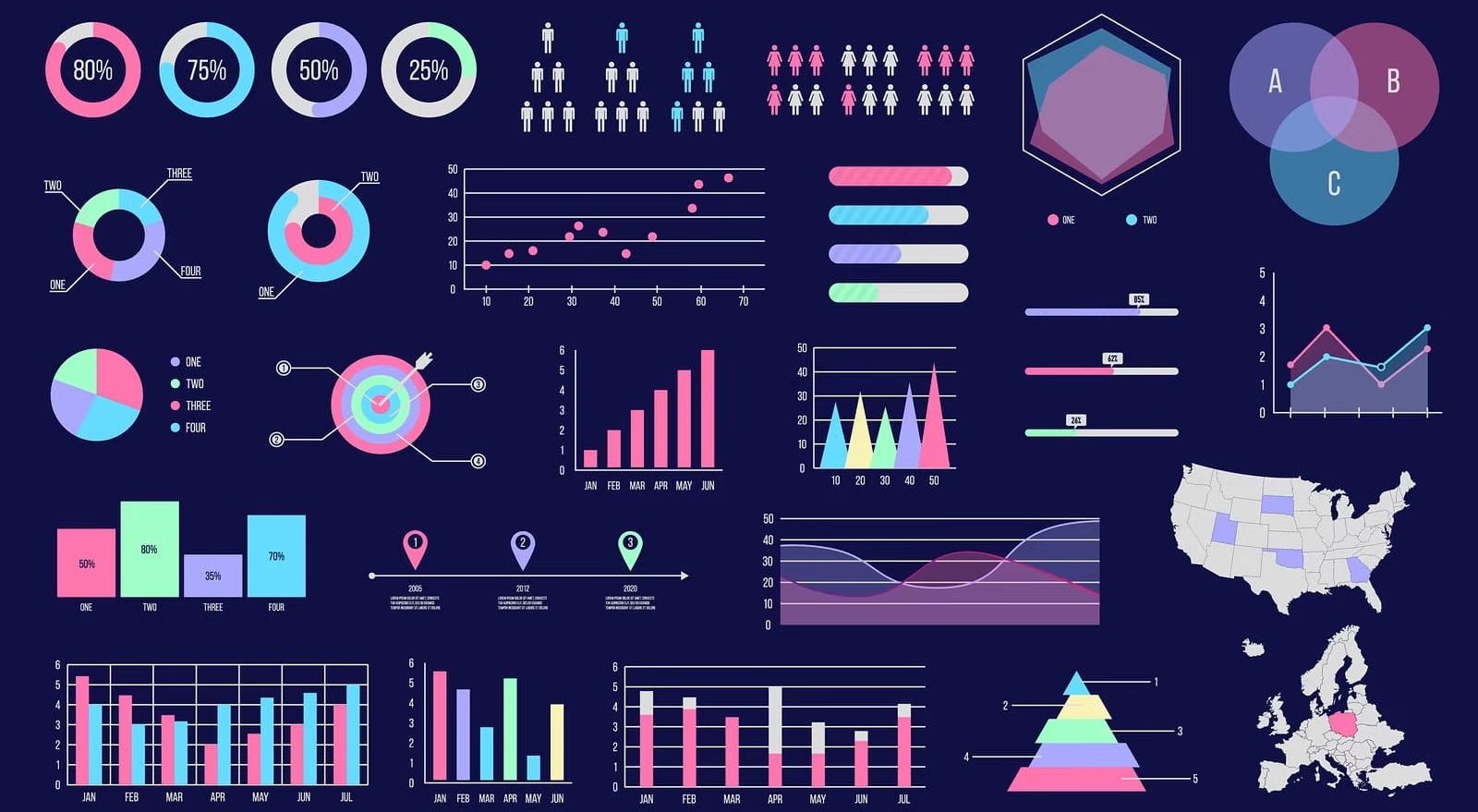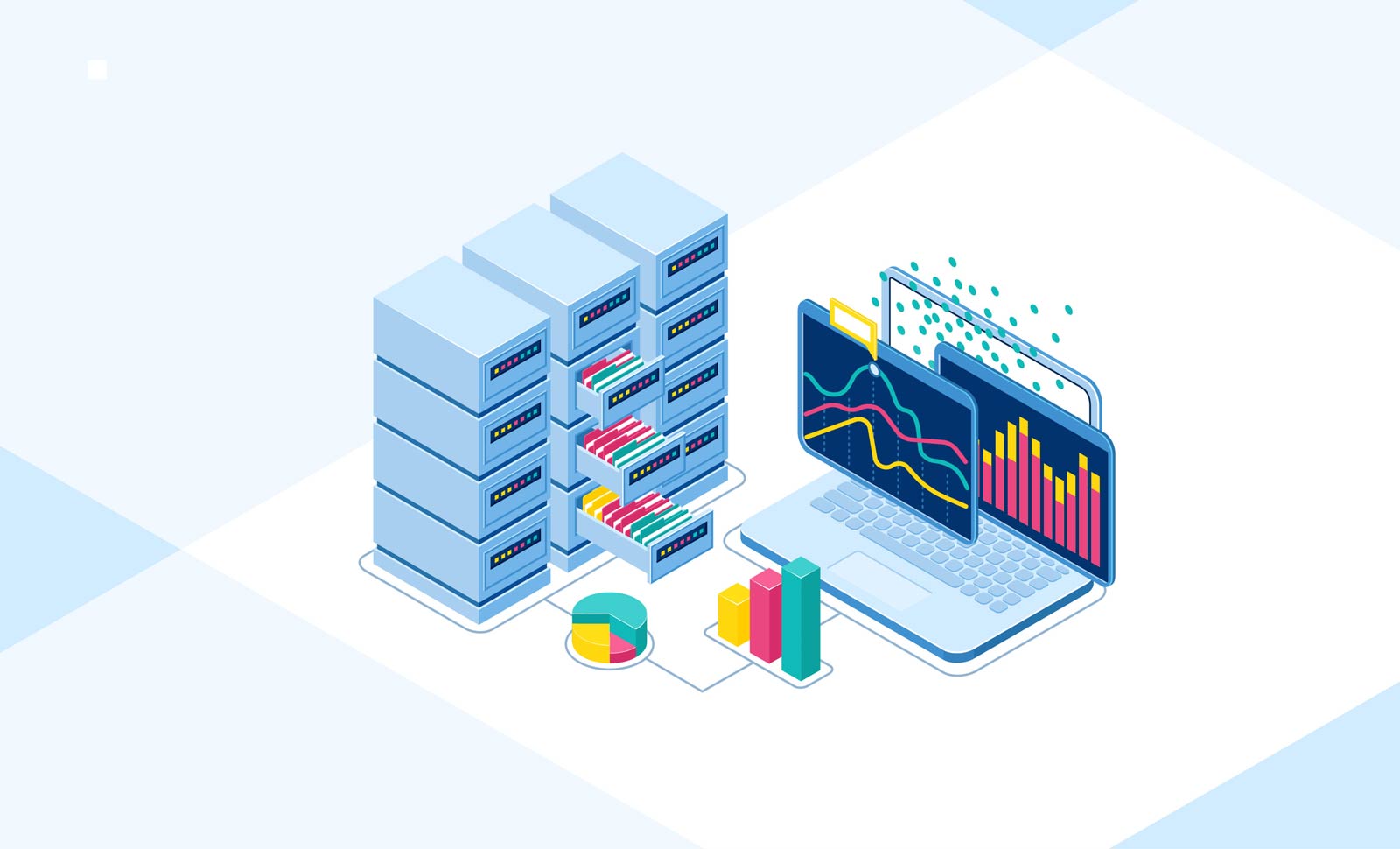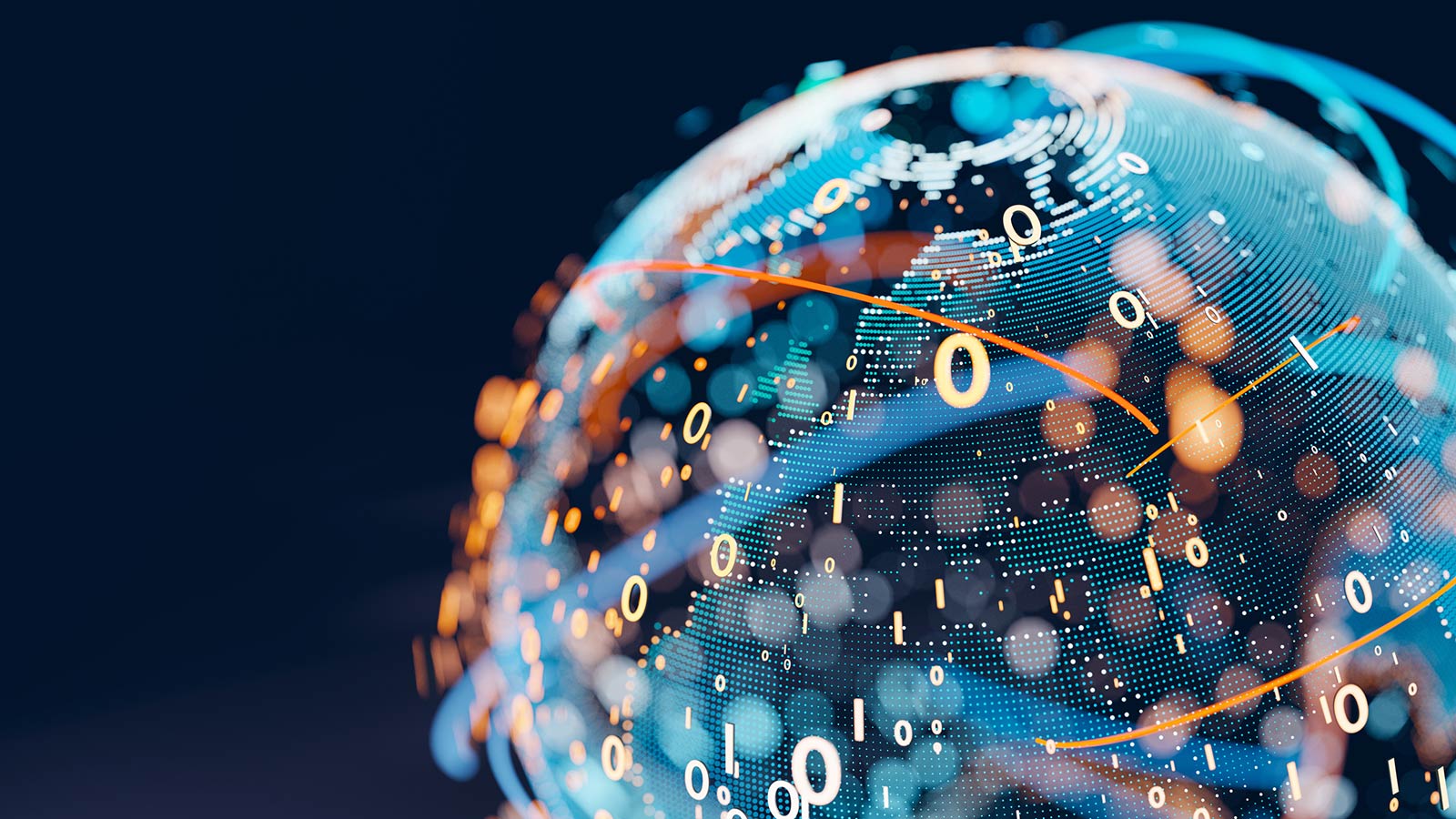Technologies on the Market
Below we have highlighted both popular and emerging technologies within the field. Read further to learn which technologies suit your business needs.
Machine Learning Frameworks
These include libraries and software like TensorFlow, PyTorch, Keras, and Scikit-learn, which are used to design, train, and validate predictive models based on machine learning. These frameworks offer a range of functionalities for data pre-processing, model training, and performance evaluation. They can be integrated with Microsoft through various APIs and services, such as Azure Machine Learning, to leverage the cloud infrastructure and tools for scalable and efficient model deployment.
Clients would benefit from using machine learning frameworks by gaining access to powerful algorithms, streamlined development processes, and the ability to make accurate predictions and data-driven decisions. Whether it’s for research, prototyping, or production deployment, these frameworks provide flexibility, ease of use, and comprehensive support, catering to different needs and preferences in the machine learning community.
Natural Language Processing (NLP) Tools
These include technologies like BERT, GPT-3, and NLTK, used for understanding, generating, and translating human languages. They utilise algorithms and techniques from linguistics, machine learning, and deep learning to extract meaning, identify patterns, and derive insights from textual data. Integration with Microsoft is possible through various NLP APIs and services offered by the company, such as Azure Cognitive Services and the Microsoft Bot Framework.
By leveraging NLP technology, clients can enhance their applications with functionalities like text classification, sentiment analysis, language translation, and more. This empowers businesses to build chatbots, voice assistants, social media sentiment analysis systems, and information retrieval systems. Clients benefit from improved information processing, efficient human-computer communication, and enhanced user experiences by incorporating NLP tools into their applications.
Computer Vision
OpenCV, YOLO, and Fast.ai are examples of tools used for image and video analysis. These libraries offer a range of functions and algorithms for tasks like image and video processing, object detection, and feature extraction. By integrating computer vision libraries with Microsoft technologies, businesses can benefit from the extensive resources and services provided by Microsoft Azure, such as Azure Cognitive Services and Azure Machine Learning. This integration enables seamless deployment, scalability, and accessibility of computer vision solutions.
Clients would want to make use of computer vision libraries to automate visual tasks, extract valuable insights from visual data, and improve efficiency and decision-making in various domains, including surveillance, manufacturing, healthcare, and augmented reality. These libraries streamline development, enhance accuracy, and unlock the potential of computer vision technology for businesses’ specific needs.
AI Cloud Platforms
These include Google Cloud AI and Machine Learning Platform, Amazon Web Services (AWS) Machine Learning, Microsoft Azure AI, and IBM Watson. AI cloud platforms are cloud-based services that offer a wide range of tools, infrastructure, and resources for developing and managing artificial intelligence (AI) applications. These platforms can be integrated with Microsoft through Microsoft Azure, which provides a comprehensive suite of AI services, including machine learning, natural language processing, and computer vision.
By leveraging AI cloud platforms, clients can access powerful AI capabilities without the need for extensive infrastructure or expertise. They can use pre-built models, APIs, and development frameworks to solve complex problems, automate processes, gain insights from data, and enhance customer experiences. AI cloud platforms also offer scalability, security, and integration with other cloud services, making it easier for businesses to implement AI solutions and drive innovation.
AutoML Tools
These tools like Google’s AutoML, AutoKeras, or DataRobot, are designed to automate the process of creating and deploying machine learning models, making it more accessible for users without extensive data science expertise. These tools integrate with Microsoft through platforms like Microsoft Azure, which offers AutoML services and integration with Azure services for a seamless workflow.
Clients would want to make use of AutoML tools to simplify and accelerate their machine learning workflow, reducing the time and resources required for model development. With user-friendly interfaces and automated tasks, such as data pre-processing and model selection, AutoML tools enable businesses to find the best-performing model for their specific needs. They democratise AI by allowing non-experts to leverage machine learning and make informed decisions based on data analysis.
Robotic Process Automation (RPA) Tools
UiPath, Blue Prism, and Automation Anywhere are examples of tools used for automating repetitive tasks using software applications that mimic human interactions with digital systems. RPA streamlines workflows, improves efficiency, and reduces errors, freeing up human resources for more strategic work. These tools integrate with existing systems, making them compatible and flexible across different software environments.
Clients benefit from RPA by automating routine tasks, improving productivity, and achieving cost-effectiveness. For integration with Microsoft, tools like UiPath, Blue Prism, and Automation Anywhere can be utilized. UiPath offers a user-friendly interface and wide application compatibility, while Blue Prism ensures scalability and governance. Automation Anywhere caters to both business users and developers, though customization options may be limited.
Chatbot Platforms
Dialogflow, Microsoft Bot Framework, and IBM Watson Assistant are used to build interactive chatbots, and these software tools also enable the deployment of AI-powered conversational agents. These platforms provide frameworks and interfaces to create chatbots that can interact with users through text or voice. Using natural language processing (NLP), chatbots understand user inputs and generate relevant responses.
Clients benefit from chatbot platforms by enhancing customer engagement, streamlining processes, providing instant support, and delivering personalized experiences. Dialogflow offers a user-friendly interface and strong NLP capabilities, while Microsoft Bot Framework provides flexibility and cross-platform compatibility. IBM Watson Assistant leverages AI and offers additional features, but pricing and customization may vary.
Voice Recognition Systems
Technologies like Google’s Speech-to-Text API, Amazon’s Alexa, Apple’s Siri, and Microsoft’s Cortana fall into this category. Voice recognition systems, or speech recognition systems, are advanced technologies that convert spoken language into written text or commands. These systems utilize algorithms and machine learning to analyze and interpret human speech. Integration with Microsoft is possible through Microsoft’s Cortana, which offers voice-based assistance across multiple devices.
Clients benefit from voice recognition systems by enjoying convenient hands-free operations, voice-controlled devices, and natural communication with technology. Google’s Speech-to-Text API provides accurate speech transcription, Amazon’s Alexa offers extensive voice-activated features, and Apple’s Siri excels in context-based queries. However, customers should consider privacy concerns with Alexa and limited customisation with Siri. Microsoft’s Cortana provides a consistent voice-based experience, although its performance and range may be less advanced than competitors.
Reinforcement Learning Libraries
These are software tools that simplify the development and implementation of reinforcement learning algorithms. These libraries provide pre-built functions and algorithms to build intelligent agents using reinforcement learning techniques. Microsoft can integrate these libraries through platforms like Microsoft Azure, which offers services for machine learning and AI.
Clients benefit from using reinforcement learning libraries as they can accelerate the development process and explore the potential of reinforcement learning in solving real-world problems. Examples include OpenAI Gym, which provides a versatile toolkit for training and testing RL agents, and RLlib, which offers advanced features like distributed training and multi-agent support. However, OpenAI Gym requires users to implement their own RL algorithms, and RLlib has a steeper learning curve.
Data Visualisation Tools
Software applications that enable businesses to present data in visually compelling formats for effective communication and analysis. Microsoft offers Power BI, a comprehensive data analytics solution that seamlessly integrates with other Microsoft products.
Clients would benefit from using data visualisation tools as they can gain insights, detect patterns, and make data-driven decisions. Examples include Tableau, known for its user-friendly interface and powerful analysis capabilities, and Matplotlib, a popular Python library offering extensive customisation options. While Tableau has potential performance limitations with larger datasets, Matplotlib requires a steeper learning curve but provides flexibility for coding-savvy users.
Data Preprocessing and ETL Tools
Data pre-processing and ETL (Extract, Transform, Load) tools are crucial for data analysis pipelines. They handle tasks like cleaning, integrating, and transforming raw data, making it suitable for analysis. Microsoft provides integration with various data pre-processing and ETL tools, such as Pandas and NumPy libraries for Python, offering user-friendly interfaces and efficient data manipulation capabilities.
Clients benefit from using these tools as they automate time-consuming tasks, ensuring data accuracy and consistency. They enable data cleansing, normalization, aggregation, and feature engineering, allowing analysts and scientists to focus on extracting valuable insights from the data for informed decision-making. Additionally, ETL platforms like Talend offer comprehensive data integration, quality, and governance features, though they require a learning curve and have limitations with real-time processing.
Big Data Platforms
Comprehensive systems designed to handle and process large volumes of data, characterised by volume, velocity, and variety. Microsoft offers integration with various Big Data Platforms, such as Hadoop and Hive, providing fault tolerance, scalability, and SQL-like querying capabilities.
Clients benefit from using these platforms as they enable businesses to store, manage, analyse, and derive insights from vast and diverse datasets. With distributed computing capabilities, advanced analytics techniques, and data integration features, Big Data Platforms empower businesses to make data-driven decisions, optimize processes, and gain a competitive edge. However, it’s important to consider storage requirements, potential latency, and limitations in real-time processing and advanced analytics functionalities depending on the chosen platform, such as Hadoop, Hive, or Spark.
Image Generation
Techniques like GAN and VAE are used to generate images from existing datasets, whereas broader datasets used by DALL-E and some Stable Diffusion models can generate complex scenes from plain text prompts.
They utilise artificial intelligence algorithms and models to automatically generate visually coherent and realistic images. By training deep learning models on vast datasets, AI Image Generation enables the creation of images for various applications, including computer graphics, design, entertainment, and visual content creation. Microsoft offers integration with such technologies through its Azure cloud platform, providing access to powerful AI models and tools for image generation.
Clients can benefit from using AI Image Generation to automate image creation for advertisements, video games, virtual reality, and artistic purposes. It offers designers, artists, and content creators a time-efficient and customisable solution for generating visually appealing images. However, it’s important to consider the challenges of training and reliability, as well as the trade-offs between realism, control, and computational resources when choosing specific AI Image Generation techniques.
Want to learn more?
Ready to streamline your processes and leverage these advanced technologies for your business? Get in touch with our experts below and find out which AI technologies best fit your needs.
AI Ethics and Data Security
How we approach the ethical and security considerations of AI implementations.
